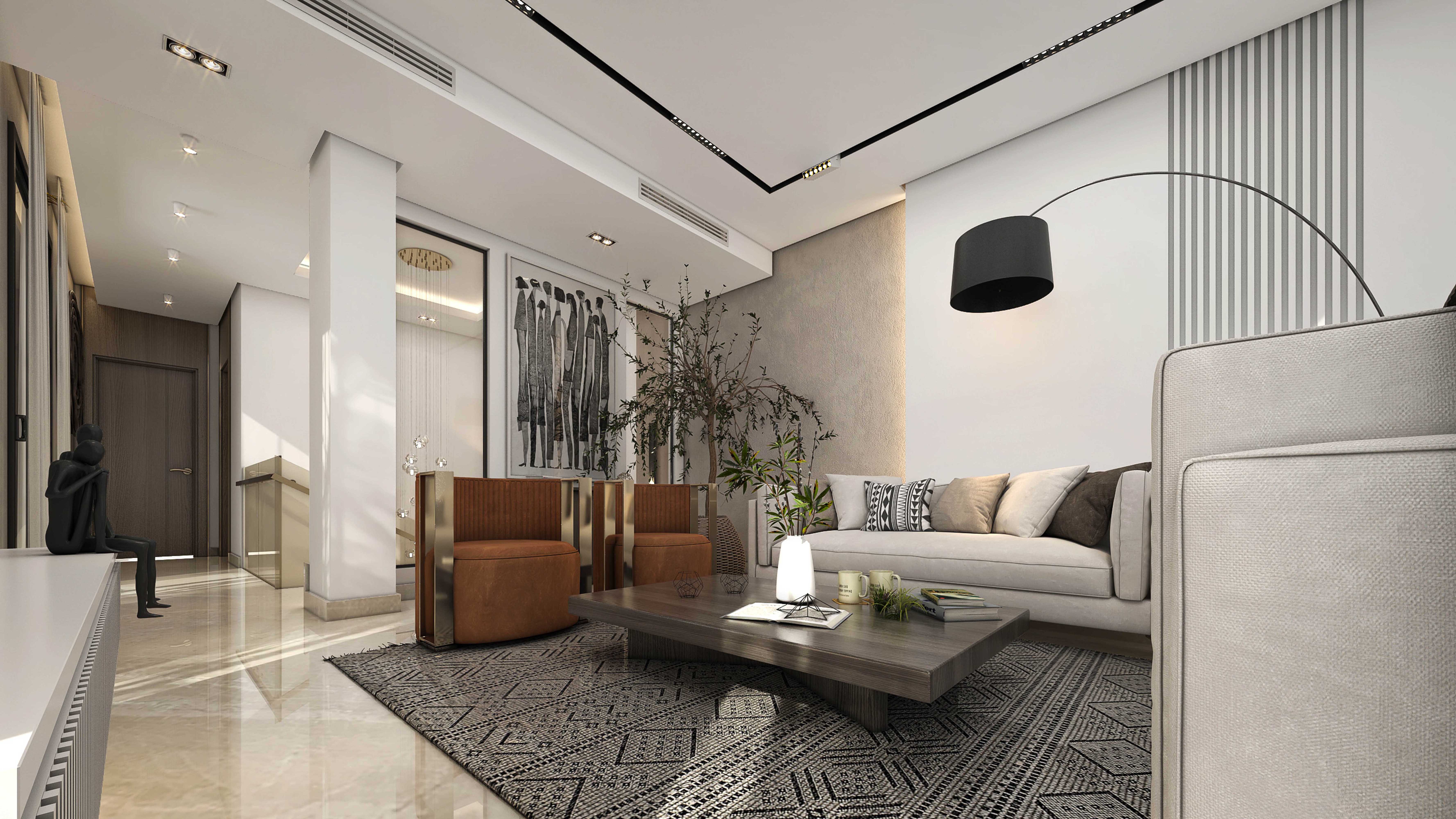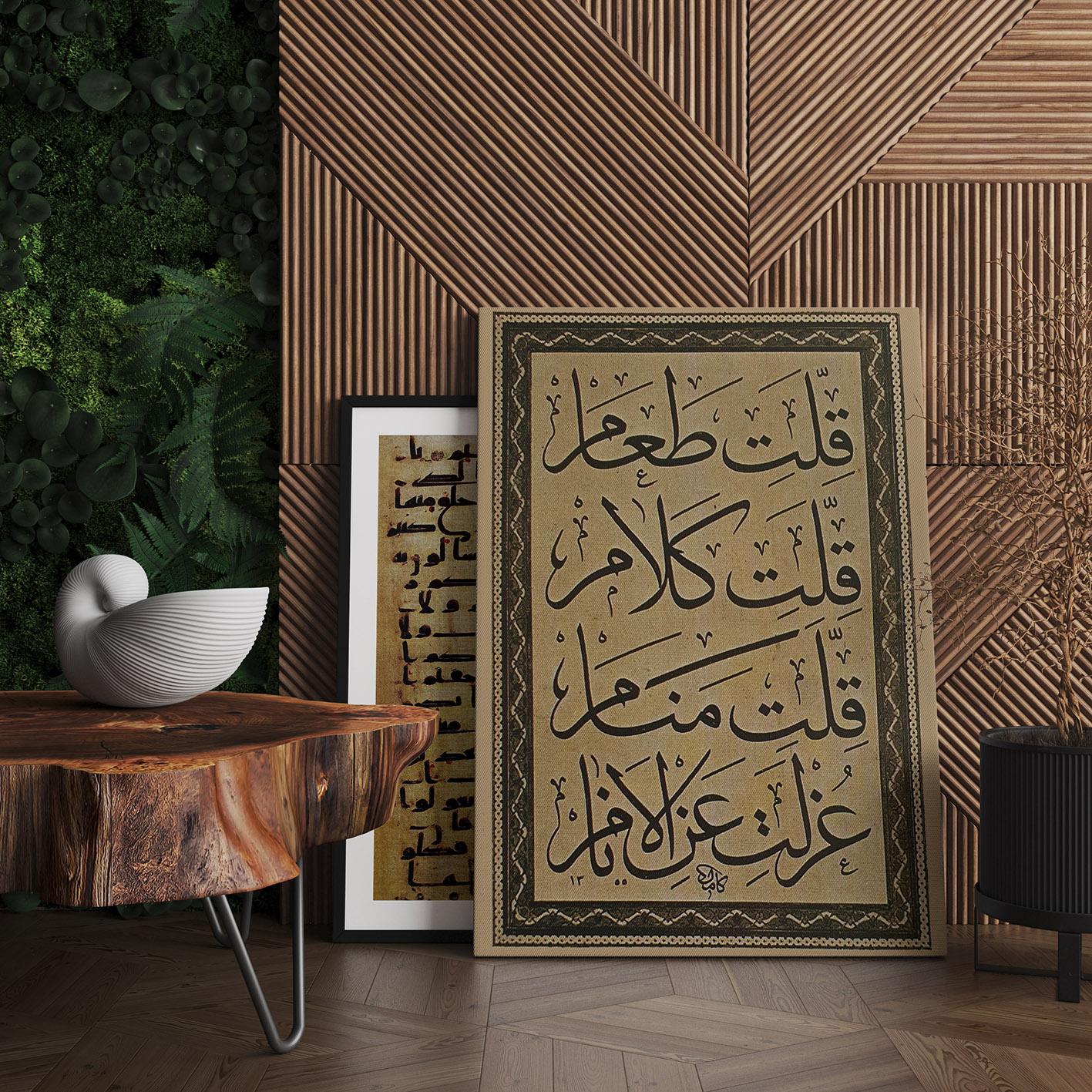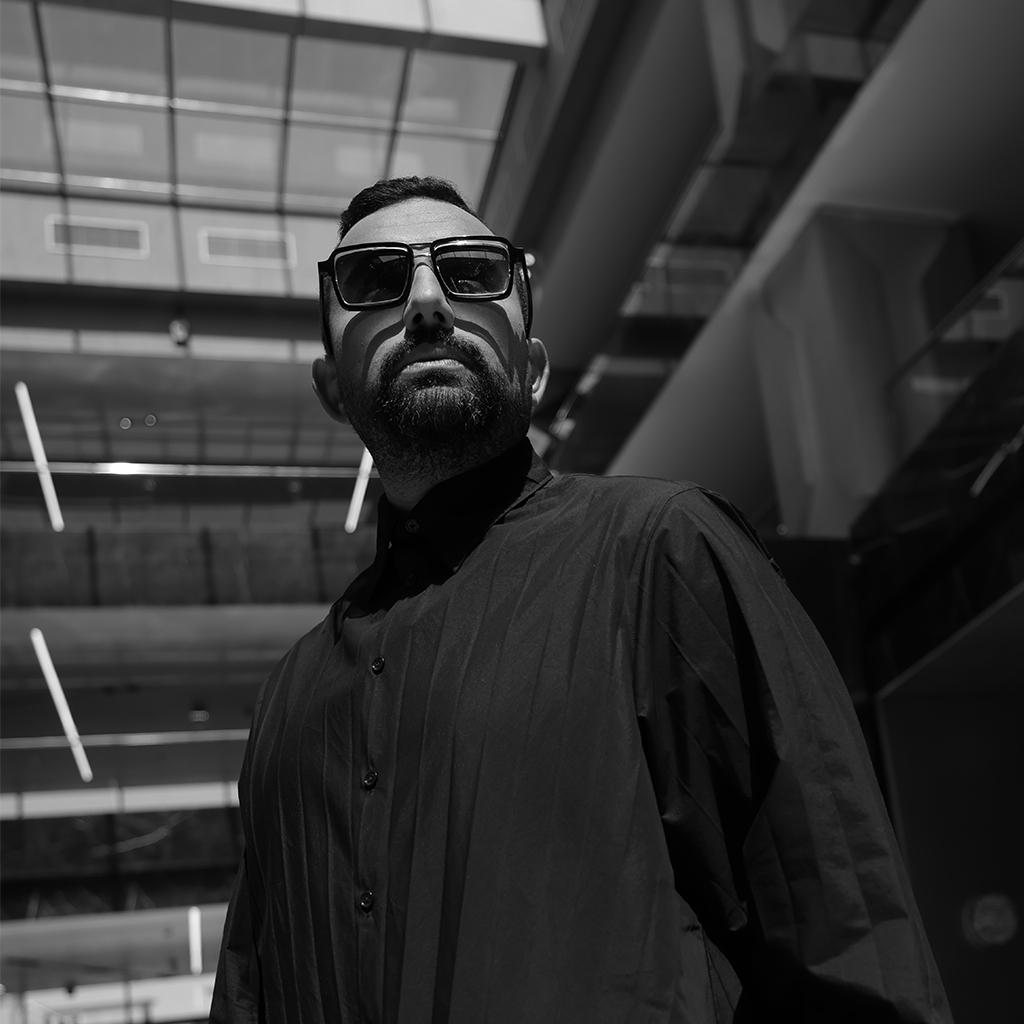
Date: 2021-04-13
Finding Balance Between Simplicity and Beauty

Finding Balance Between Simplicity and Beauty
The interior design industry is booming in the Middle East nowadays, and in such a competitive market, architect and interior designer, Mahmoud Fouad Fahmy succeeded in gaining significant recognition for his designs and building a trustworthy brand name as the Chief Executive Officer of Boulevard Architects.
An inherited passion leading a successful career path
“Since I was a child, I was already involved in the construction industry as my father was working in the field. Gradually, my passion for architecture flourished.
On daily basis, I observed buildings coming to life from mere scratch on paper. It was quite an intriguing experience for me, admiring the whole process of creating life onto a static object and giving it a dynamic vibe.
It was at this point when I decided to pursue my undergraduate studies in Architecture,” Mahmoud said.
Every key transitional phase had a huge impact on Mahmoud’s career, pushing him a step forward
“Upon my graduation from Arab Academy for Science and Technology, I immediately started my professional path. At first, I gained some experience in a few renowned Egyptian interior design studios where I learnt a lot about the market and its requirements. Afterwards, I joined a group of contractors associated with my father's company, and at this stage, I grew fond of interior design. I decided to expand the company merging both construction and interior design,” Mahmoud declared.

Challenges should not break a designer; challenges are essential in unleashing the designer’s talents and skills
“The interior design industry has many challenges; you can say that it is a tricky business.
For me, finding balance between simplicity and beauty was probably the most challenging aspect.
This balance is usually translated into the architect-client balance. As an architect, you need to figure out different methods for every project to meet the client's needs and desires. Every project is different from the other, whether in terms of the materials used, the colors, the elements, or the design composition itself. Therefore, I am always exposed to this challenge of achieving top quality while sustaining what the client wants and preserving the design’s uniqueness and elegance,” he continued.
Finding the right balance between aestheticism and functionality
“Part of the challenge is creating harmony between what looks good and what functions well. I cannot say that I prefer one over the other, because I think that aesthetics play an indirect role in functionality. To give you an example, I can design a space that is functionally suitable for the project, but the colors and materials used might make you feel uncomfortable. In this case, I haven't accomplished neither the function nor the aesthetic elements,” Mahmoud explained.
Sustainable and comforting designs supported by Green Technology
“Part of our work as architects is to ensure that our designs are sustainable and comforting enough for the users. The idea of implementing green technology in our work is not something new, and it can be traced way back to the ancient times when architects were—from my opinion—the pioneers of sustainable architecture. If you observe closely the details in their designs, you will find that nature was included in every single corner in their buildings. Their concept was to harmonize their physical environment with the natural surroundings, longing for a prosperous life ahead. For the past few years, I have been trying to follow a similar path…you can say to revive this trend again. In Egypt, this matter is slowly being addressed in some places, like New Cairo for example. It is true that the heart of the city lacks this quality of harmonizing the interior and exterior spaces.”

And when asked about the new trends and who is the main decision maker, Mahmoud reflected an interesting insight…
“Ok, my answer will be divided into two parts. The first part is concerned with the designer. There is a market that basically defines certain aspects in the field to be implemented for financial, economic, and social reasons, and the designer should take such aspects into consideration. The other part is concerned with the client. The client is the one who takes the decision to try something different in his/her house. If it works well, it spreads around, and the design work gets implemented in other projects as well. So, the trend emerges from both the designer and the client.”
Every project has a story, every project is a new challenge…a new opportunity to excel
“At Boulevard, we have completed a handful of projects, in addition to several more on the way. Recently, we have completed few residential units in compounds like Azzar, La Mirada, and Sodic. We have also designed and executed Stone Mar, which is one of the biggest showrooms of marble and granite in Egypt.
As for our upcoming projects, we have a 'hot-stuff' announcement coming up about a new school that we are going to design and execute at the New Administrative Capital,” Mahmoud announced.”

Designer Zaha Hadid, a figure of inspiration to Mahmoud in his early years
“As a student I always admired the interior work of Zaha Hadid. She was a real pioneer in making static spaces more dynamic using complex structures.
As for today, I personally think that the top interior designers in the field are Kelly Wearsteler, Philippe Starck, and Alberto Pinto. These people are experts in reflecting elegance while experimenting different design elements.”
Golden advice for the new ambitious designers
“I want to give two pieces of advice. First, read a lot. Read more about other interior designers and explore their work. Second, never give up on trying; it is all about trials and errors. The most successful way of getting into the business is to develop your own work and present it publicly. To do that, you need to find your edge, and that will happen by trying different styles and using different elements. Go to events and network with as many designers as you can. Learn from their work and from their perception of the market. And most importantly, take risks.”





